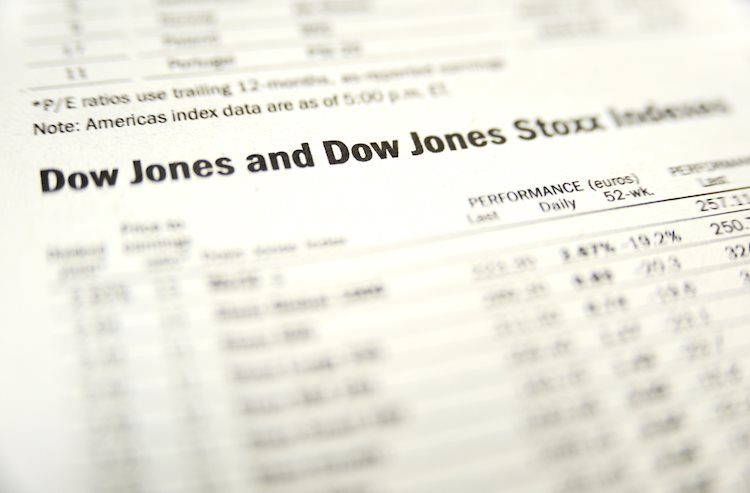The year 2022 was not easy for the asset market — brokerages and investors in the crypto world to say the least.
From January 1 to December 31, the capitalization and market value of the entire category plummeted from $2.25 trillion to $765 billion, a drop of more than 60%, according to data collected by the TradingView platform.
The numbers confirm a movement that was, at least in theory, expected: the arrival of the “crypto winter”, a period in which the sector traditionally enters a “bear market”, which is when there are low investments and price drops. actions.
The global economic climate added more turmoil, and what once looked like “just” a harsh winter soon turned into fears of an “ice age”.
The upward movements in interest rates, coordinated around the world in the fight against persistent inflationary escalations, is one of the factors behind the sudden devaluation of the sector, which reached, in 2021, market value records, according to Alexandre Ludolf, director of investments from QR Asset Management.
For him, monetary tightening and complex geopolitical situations, such as the war in Ukraine and tensions between China and Taiwan, are some of the justifications for this downturn. In addition, particularities of the sector, such as the bankruptcy of the FTX brokerage and the collapse of the Terra blockchain, which took with it its native token, Luna, and its stablecoin, the UST, come into account.
“Crypto has especially suffered the most as it is a new and risky sector,” says Ludolf.
“A good part of this drop in market capitalization is related to lower liquidity in the world.” In this scenario, investors’ risk appetite remains inhibited.
And if the turn of the year on the calendar is synonymous with renewal for thousands of people, experts predict that, at least in the short term, this may not be the case for cryptocurrencies in 2023.
New year, old “winter”?
According to analysts consulted by the CNN the expectation is that the challenging framework of 2022 will extend into this year, but a little more mildly.
“We’re hoping that nothing too heavy happens that will lengthen the bear market,” said Lendel Lucas, CEO of iVi Technologies, a quantitative investment manager.
“Today we have the effects of the FTX bankruptcy and billionaire Binance withdrawals. If these continue to be the industry’s problems, I believe they will become more lateral in the second quarter of the year. It may be that the sector drops another 15% again, but it doesn’t go beyond that, and, after the second quarter, it starts to have a ‘bull run’ trajectory.”
“Bull run” means that the market is in strong activity, showing good growth rates and rising stocks. It is the opposite of a bear market.
According to Lucas, the bear market normally lasts between one year and one year and three months; the bull run, two years. “The sector’s peak should be in 2024”, he foresees.
The effect of the global macroeconomy, however, cannot be excluded from the analyzes and expectations for the crypto sector in 2023.
With high interest rates in the United States and the euro zone, cryptocurrencies will remain under pressure, “but a situation of stability in international monetary policy, even with high interest rates, will allow risk assets to perform”, explains Ludolf.
“The end of monetary tightening will bring many benefits to cryptos. We are waiting for an alignment that generates a positive scenario”, he said.
“Resilience and Maturity”
In the view of experts, the year 2022, although challenging, proved that cryptocurrencies are here to stay.
“Looking at the volatility of the asset class, crypto fell similar to the big tech companies globally. Think of everything that is happening with the economy of the world and crypto is falling similarly”, says Ludolf. “That, to me, is a sign of resilience and maturity.”
Along the same lines, Lucas believes that the problems experienced by the sector, from the FTX crash to the collapse of the Terra blockchain, generate short-term impacts — many of which have already been priced in by the declines in the market value of the crypto world.
“Many people say that this will be the death of bitcoin. In his history, he has almost died four times, but just look at the price. The chance of it breaking is almost zero”, he says.
“We have big companies, like Tesla, buying treasure reserves in bitcoin, we have countries adopting cryptocurrencies, billionaires representing the sector… In short, everything reinforces the idea that it is the future of money and we are very confident with that. This is the balance for 2022, and we are aiming for the long term.”
Because of this, experts believe that fears that an “ice age” has been installed in the crypto world are unfounded. “Looking at the other drop scenarios, this cycle is not more severe than the previous ones. It is within the latest corrections”, says Ludolf.
“When we look at the whole thing, everything in the crypto market represents $800 billion. There are companies that alone are worth trillions. A company being able to be bigger than an entire industry makes me think that everything is still in its infancy.”
more regulation
As it emerges from winter, the crypto world, in the view of analysts, has 2023 as the key to further maturity — including in regulation.
For Ludolf, the expectation is that the “regulatory hammer will come strong”.
“The regulator’s job is to protect the average investor,” he says. “Unregulated, honest players who have not participated in the FTX-related issues may suffer more, but they will have more stability and protection.”
The FTX case, by the way, is understood by specialists as a possible catalyst for more regulatory measures to be put in place.
“I am very confident that 2023 will be the year of this regulatory boat. We are seeing a movement in the US Congress in which both parties, the Republican and the Democrat, are in favor of market regulation that we understand as very positive, not just punitive”, comments Lucas.
“With the collapse of FTX, this whole process will be much more accelerated. If previously the expectation was that it would take a little longer, between one and two years, the whole case involving the then CEO of the brokerage put regulations on the agenda.”
Looking at Brazil, Lucas believes that the country “came ahead”, thanks to the sanction of the Marco Legal dos Cryptoativos, on December 22 of last year. The new law determines that the responsibility for appointing the crypto market regulator rests with the Executive, although there are expectations that the Central Bank (BC) and the Securities Commission (CVM) will be appointed depending on the asset class.
The text also establishes guidelines for the provision and regulation of virtual asset service providers, such as free competition and attention to the rules for preventing money laundering and combating terrorism (PLDCT).
“The Cryptoassets Law is a milestone for the Brazilian financial sector and places Brazil in a select group of countries that have specific legislation to regulate cryptoassets. With the entry into force of the law, we expect the regulator to act actively in the preparation of more detailed guidelines on the subject”, said the president of the Brazilian Internet Association (Abranet), Eduardo Neger, in a statement.
Source: CNN Brasil
A journalist with over 7 years of experience in the news industry, currently working at World Stock Market as an author for the Entertainment section and also contributing to the Economics or finance section on a part-time basis. Has a passion for Entertainment and fashion topics, and has put in a lot of research and effort to provide accurate information to readers.





